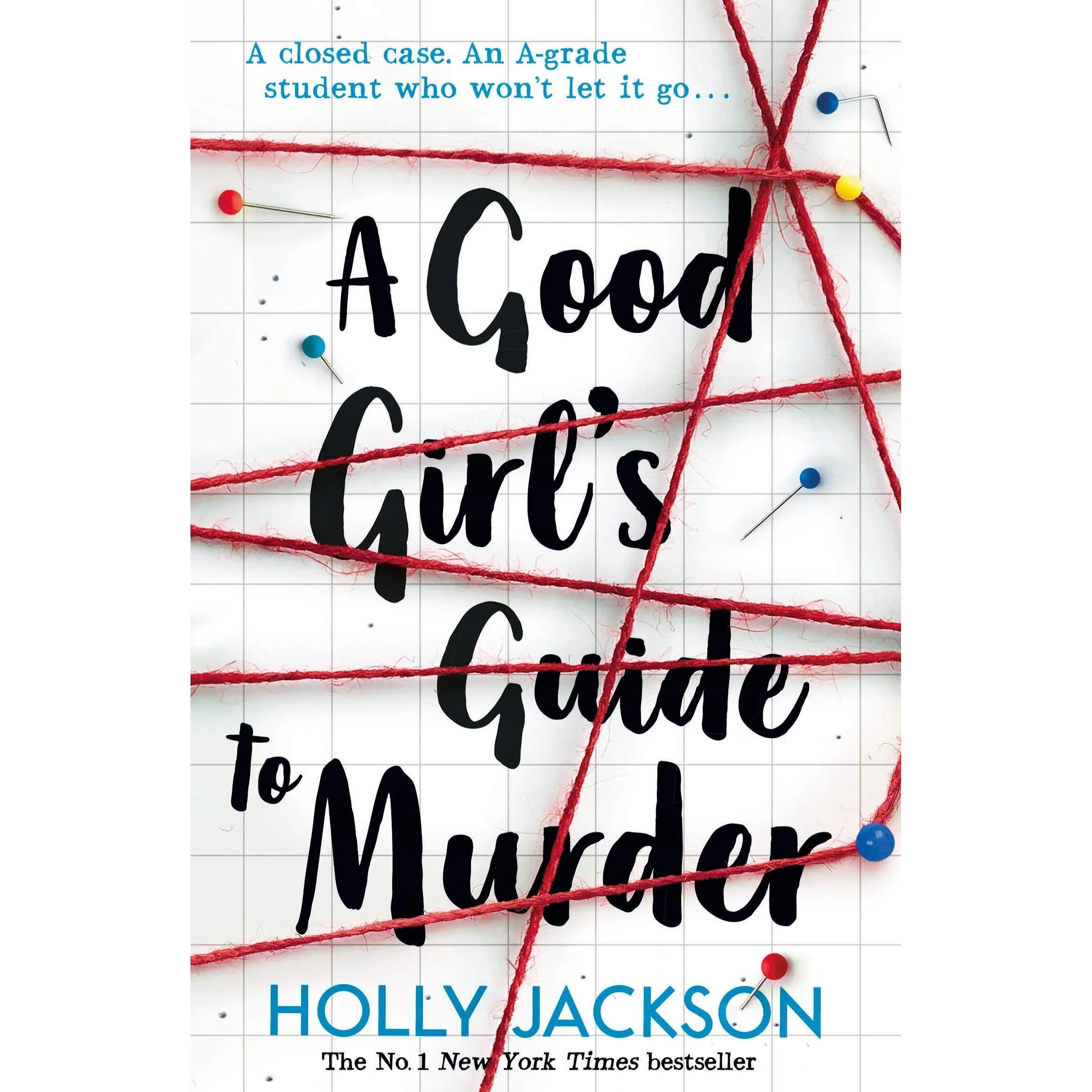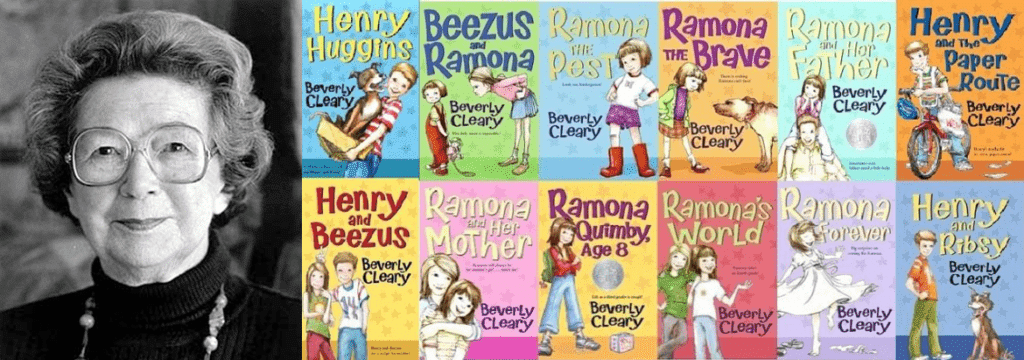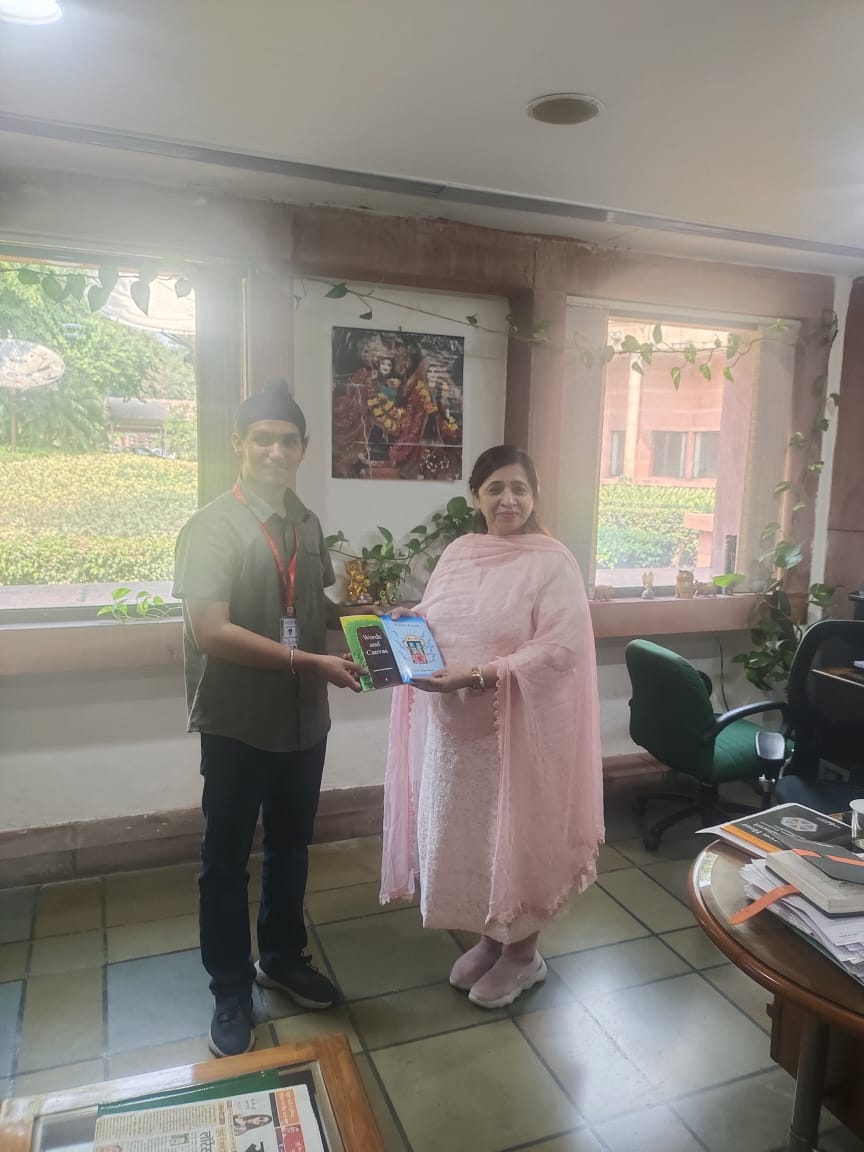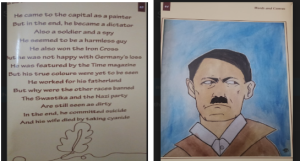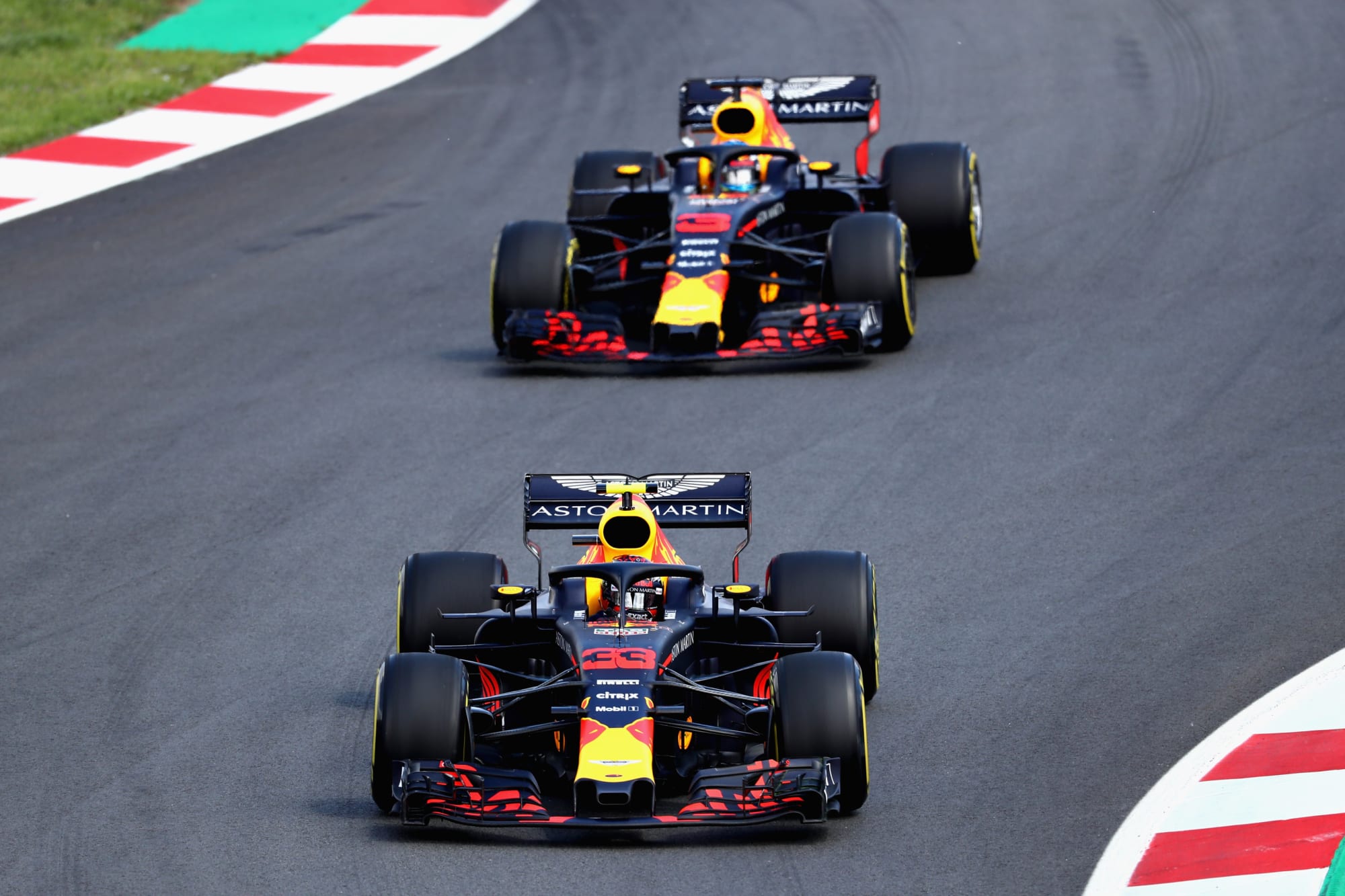Loud, Proud & Occasionally in Trouble: The Extrovert Chronicles
By Medini Padoshi
Have you ever come across that kid in society, your friend circle, or in your own home who can strike up a conversation with anyone, be it auto uncles, aunties in the lift, stray cats, housemaids, school volunteers, and more? I represent the same clan. We are the Perennial Extrovert Brigade. Today let us embark on a journey to discover that being an extrovert is both a superpower and a potential cause for many downfalls.
Advantages of Being an Extrovert:
Social Butterfly Mode: Always On
Have you ever walked into a room and not known half the people there? Yeah, I as well. School events, family weddings, society gatherings, picnics and camps, interschool contests—I am the friend of friends in no time, and that too with people I have never met before. It is literally like I was born to talk my way through life.
Public Speaking – My Thing
While my introvert friends hyperventilate at the mere thought of talking on stage, I’m vibing with the mic, ready to drop some punchlines. Debate competitions? Anchoring the school fest? Making announcements during assembly? Not only that I am the resident director and scriptwriter for my friends. I not only write the content for them but stand in a not-so-obvious corner and direct them with actions and gestures to complete their bit of public speaking.
Friendship Goals? Achieved
Making friends is too easy. Just yesterday, I complimented a girl’s phone case and, 20 minutes later, we were planning a weekend trip to Viviana Mall in Thane. Having a big social circle means you always have someone to help with homework (read: last-minute copying) and enough drama to make a reality show.
Confidence: My Main Character Energy
Being an extrovert gives me this almost supergirl-like ability to walk into any situation and own it. Whether it’s cracking jokes in class, bringing a boring discussion to life with my goofy comments, de-escalating a situation that has the potential to turn into a nasty girl fight with my witty comments, or convincing my mom to let me stay out an extra hour ( 1 out of 10 times success rate)—I can talk my way through anything. Well, almost anything ( except for the mom negotiations).
Extrovert equals unlimited energy
There’s never a dull moment when you thrive on social interaction. Boredom? Never heard of her. If there’s a party, I’m at the center of it. If there’s a group project, I’m leading the discussion (or let’s be real, taking over entirely). FOMO doesn’t exist when extroverts are in the moment.
The Potential Pitfalls of Being an Extrovert
A Known Name in Teachers’ Circle
While my introvert classmates blend into the background and put on the mythical invisibility cloak from Hogwarts, I am the permanently marked kid in every teacher’s memory. Why? Because…
- Cracking jokes during class isn’t considered “constructive participation.” Shocking but true. Learning the hard way.
- Sound travels faster than light in the case of us extroverts. It is impossible to silence the golden cackles and whispering( considered only by us but termed as a full-fledged noise at menacing decibel levels) by any means.
Foot-in-Mouth Personified
One tiny problem—I talk first, think later. When?
- Accidentally roasting a teacher while she was standing right behind me. My bad.
- Randomly talking about the lack of sports equipment and realizing that one of the listeners turns out to be the sports teacher.
- Telling about the funny incident of a neighbor’s dog while the pet parent happened to be in the same lift, and many more such incidents on a routine basis.
- My speaking ability is a factory of chaos, and sometimes, it gets me into situations even Google Maps can’t navigate me out of.
The “Too Much” Tag
“You’re too loud.” “You talk too much.” “Chill, yaar.” I am sitting just a foot away from you”, “ I am not deaf dear “” Decibels control”—Sound familiar?
Extroverts are often thought of as incapable of staying by themselves. I want to let all such people know that they are absolutely mistaken. I can spend quality time by myself doing several activities. It’s just that after some time I need someone to let know what I did in my free time. That is not outrageous, right?
Inability to Say No, Blame the Extrovert Nature
I love socializing, and I say “yes” to everything. “Wanna come for the museum tour?” Yes. “Wanna help with this project?” Yes. “Wanna join this dance competition, study group, and presentation all on the same day?” Why not? All this is fine until I realize that I am not superhuman and do not have teleportation powers to be present at two venues at once. Damn, the extrovert energy.
Oversharing, synonymous with Extroverts
Has it ever happened that you have given information about something or someone more than what was asked and you now find yourself in an awkward situation? Or you have told something to a group of people without realizing that you thought that it was being heard only by your best friend? Yes, these accidents happen with all us extroverts and we have to wriggle ourselves through some not-so-good situations using our wit and humor mostly.
The extrovert Mode can never be off?
“Why are you so quiet today? : Hey! Are you thinking? “ Are you not feeling well, Cat got your tongue?” Excuse me, I took a 10-minute break from being the entertainer or problem solver or go to rescue girl and suddenly I’m a different person? Sometimes, I just don’t feel like talking, okay? Same person, different mood or day!
The Way Out – Finding a Balance
I always thought being an extrovert was awesome, but I have also learned that there are ways to not be a total whirlpool of non-stop chatter and babbling. Being in a non-communicative mode can actually be healing for oneself. Never thought of it actually. Also, I am coming to terms with the fact that when I run on a schedule that is busier than the Heathrow or Mumbai Locals at peak hours, it is a smart thing to say no to some event or group discussion.
Alone Time is a good time to connect with self
I used to think being alone was boring, but have recently realized that chilling with a book or just vibing to music is amazing. Nothing like making a sherbet or frying papads for yourself while listening to a song. A little me-time helps my brain recover from all the social overload.
Active Listening? A Game-Changer trait to imbibe for our lot
Instead of being the eternal talker, I’m practicing listening more. It is nice to hear others’ views and know more about them. Also makes them happy that they are being paid attention to.
Thinking Before Speaking
A revolutionary concept in my view especially for us lot. But just because I can say something doesn’t mean I should. Learning to pause before blurting out every thought? A sincere start, a work in progress, and a long way to go. The journey has begun nevertheless.
Embracing Quiet
Being loud and outgoing is great, but I’ve realized that silence doesn’t always need to be filled. Sometimes, sitting with your thoughts (instead of broadcasting them) is refreshing.
Having thought from all possible angles, I have realized that my extrovert energy is what makes me, me. I might talk too much, get into trouble, and be the designated “entertainment unit” in my group, but I wouldn’t trade it for anything. While I am learning to moderate my extrovert nature and find precious “me moments” to cherish I feel that because life is too short so why not hype up your friends, make new ones, but also learn the sensibility to “zip it up” once in a while giving respite to self and to others too.
But until then—I shall continue to be my loud, chaotic, and fabulous self. Extrovert till eternity!
